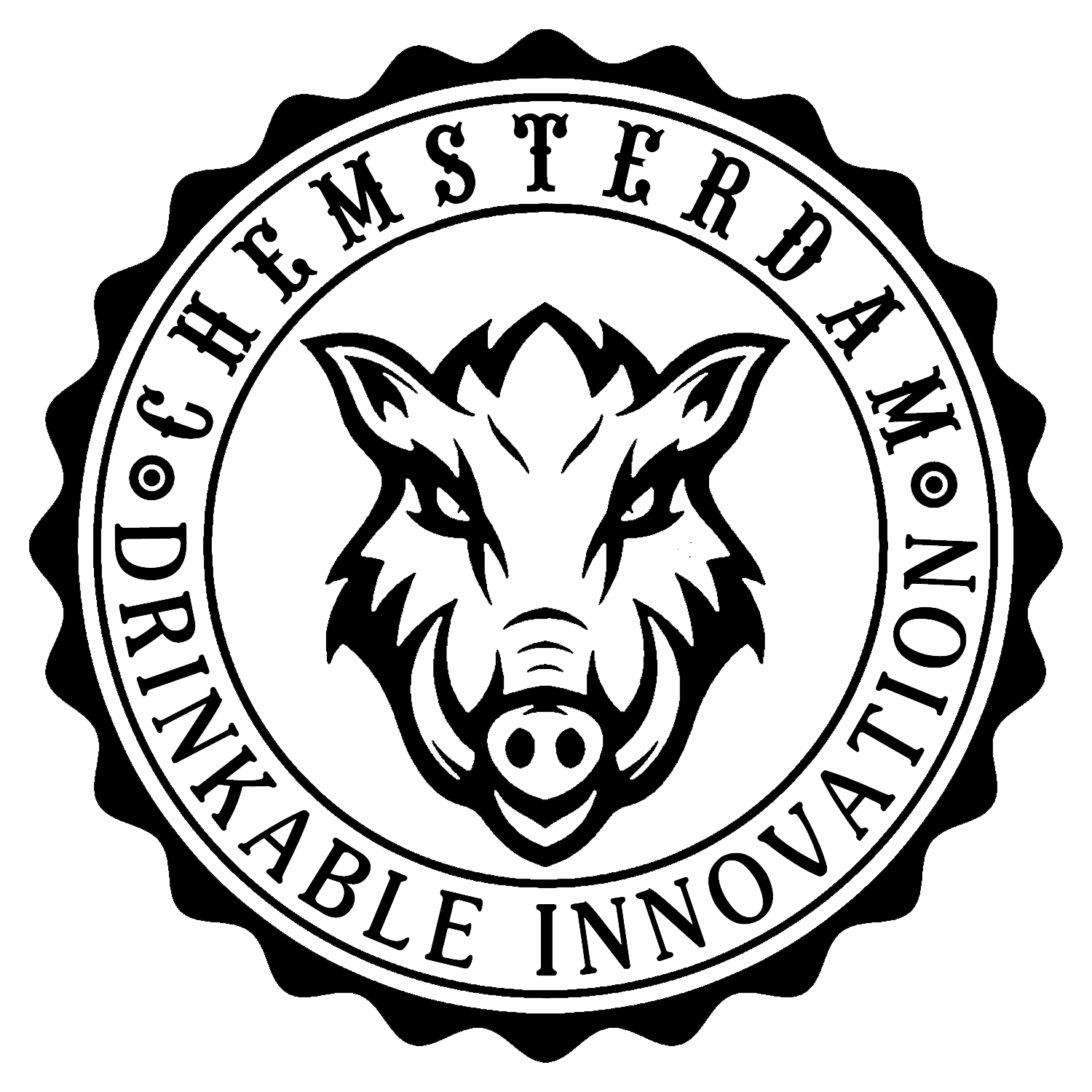What is Baijiu? (Podcast: Baijiu Special met ISAAC DrankCast)
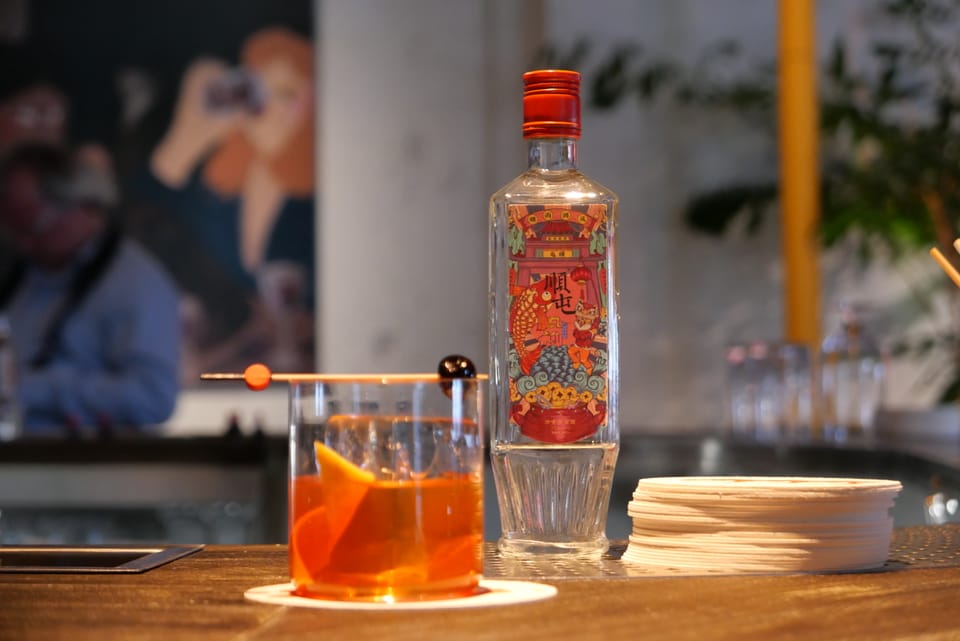
Baijiu is a distilled spirit from China, considered the national drink. Baijiu to the Chinese is like Jenever to the Dutch, Whisky to the Scottish.
The following introduction is based on the production guidelines of Strong Flavour Baijiu, which is one of the four fundamental aroma types, and the total production volume makes up to 70% of Baijiu production in China. While the total Baijiu production volume is 3 times of Whisky production world wide.
Material
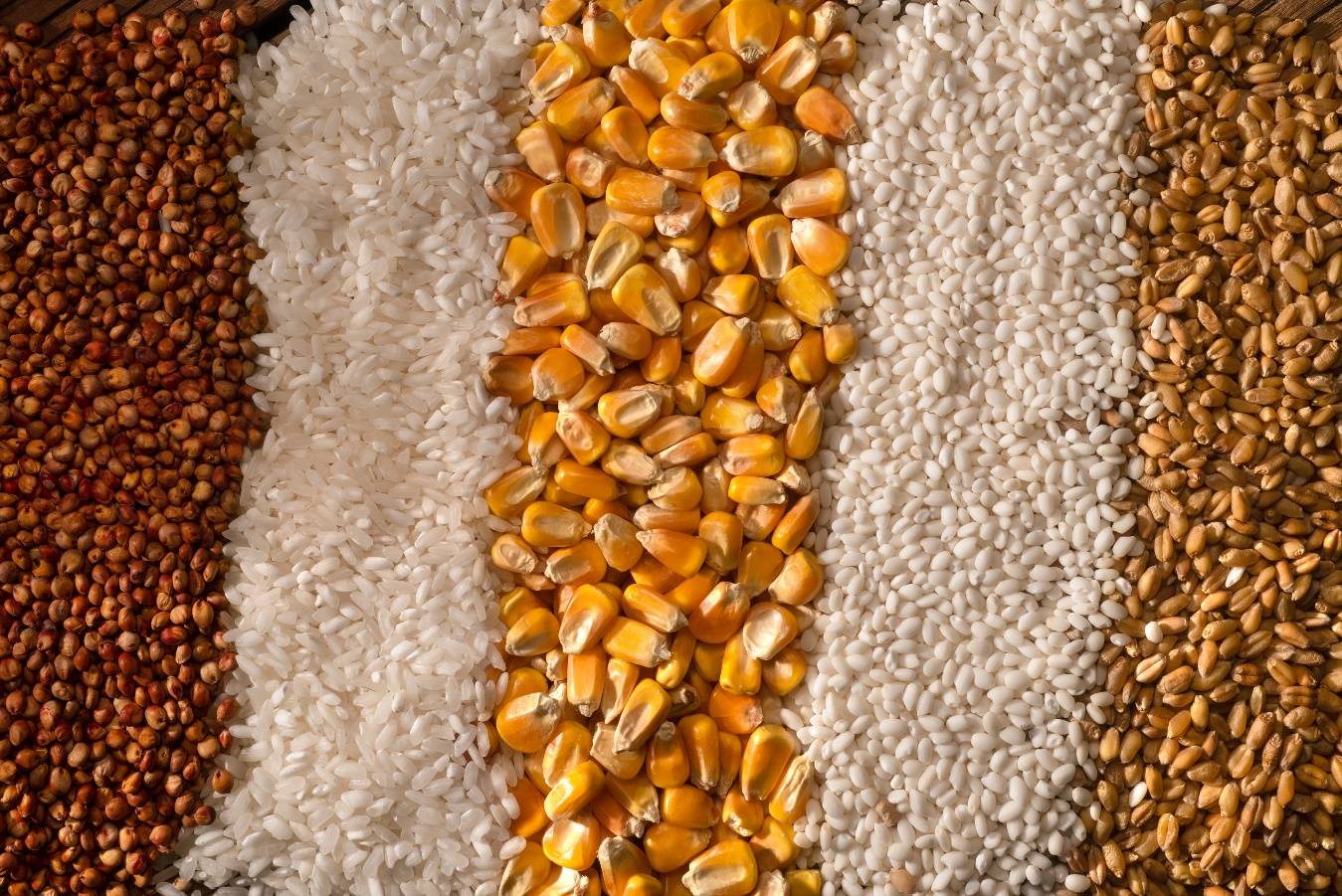
5 different grains, including sorghum, wheat, rice, glutenous rice, and corn.
Saccharification/Fermentation Agent
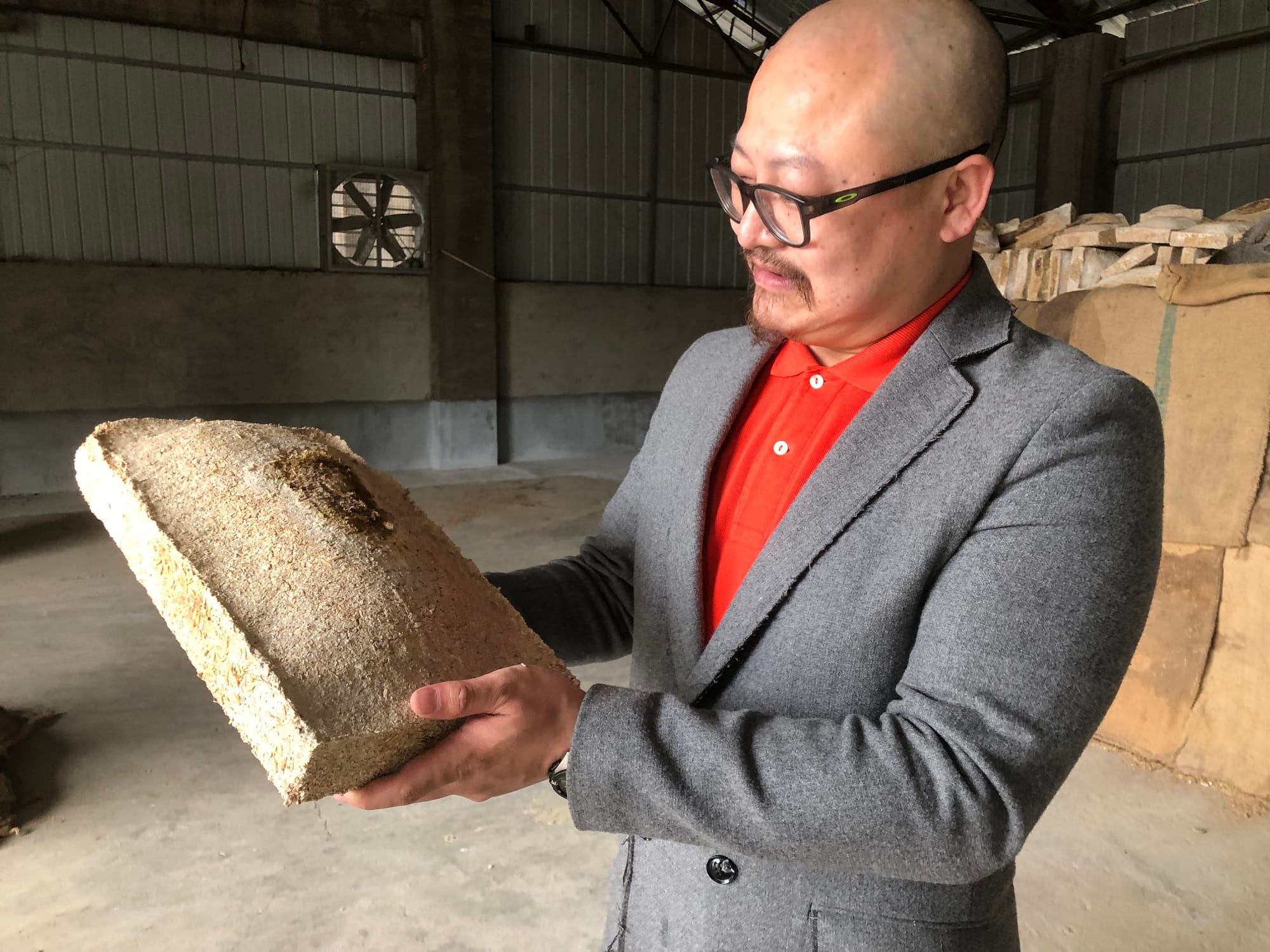
Qu, A mixture primarily made of wheat that is inoculated with a combination of microorganisms, yeast, and molds in a specific natural environment. During the cultivation process, temperature control is used to select the microorganisms needed for brewing.
Due to the characteristics of Qu, the mash in the fermentation pit undergoes simultaneous saccharification and fermentation, with saccharification commencing first and fermentation becoming more vigorous as oxygen levels decrease due to bacterial metabolism.
Fermentation
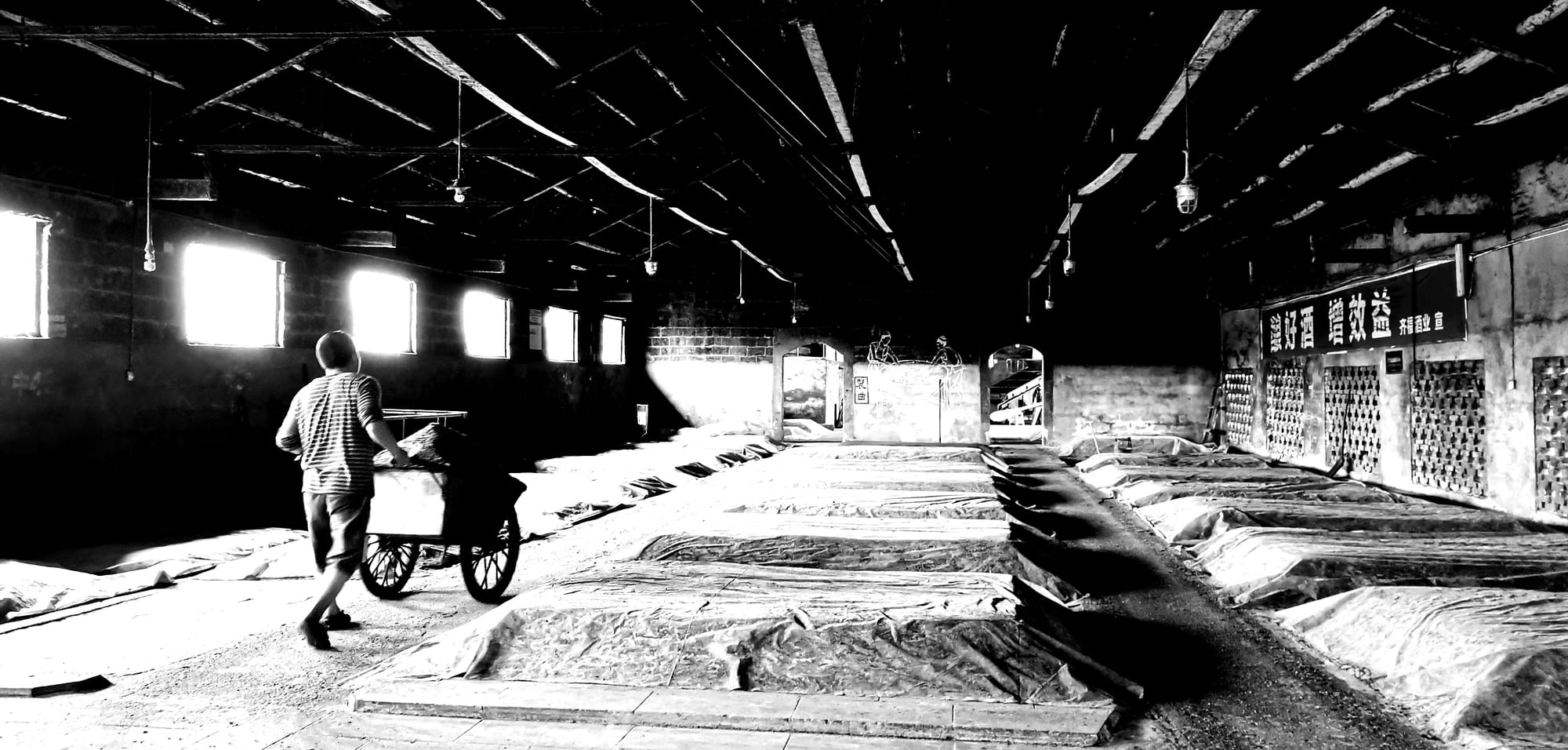
minimum 45 days, maximum 75 days of solid-state fermentation in the underground fermentation pit with walls made from clay.
Distillation
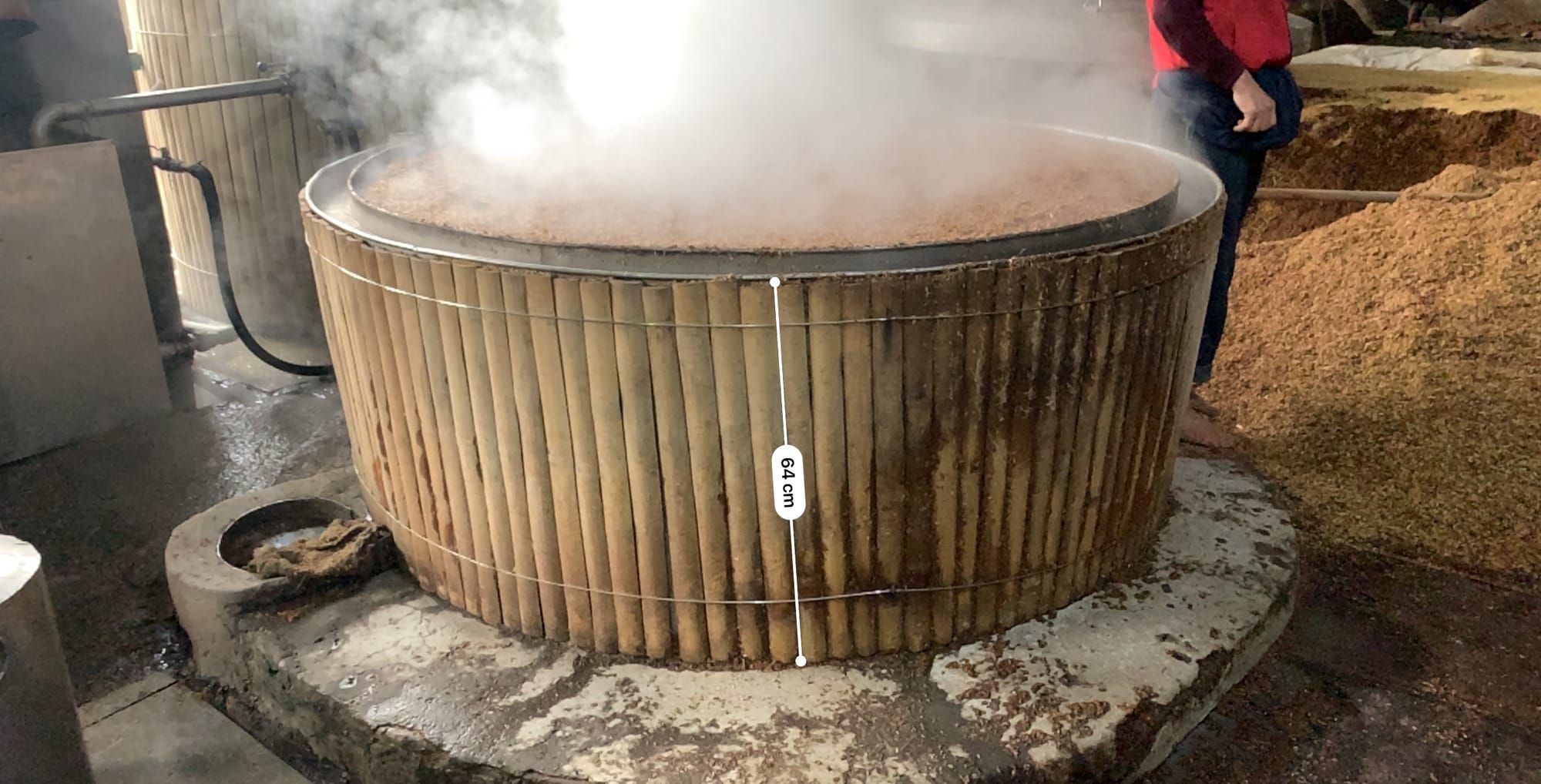
Once fermentation is complete, the grain becomes what is known as 酒糟(Jiǔ Zāo, IPA: /dʒjoʊ ʦɑʊ/, equivalent to mash, which is then loaded into a large distillation vessel called a 甑(Zèng, IPA: /tsɤŋ/). The working principle of the Chinese “甑” (zèng) is indeed similar to the distillation apparatus used for Italian Grappa. The bottom of the still features a perforated wooden or stainless steel plate that allows for air circulation. Below this plate, there’s a ring-shaped pipe that releases steam. The steam passes through the mash, distilling out alcohol, organic acids, esters, and other volatile compounds. These vapors are then collected together through a cooling conduit.
Aging Process
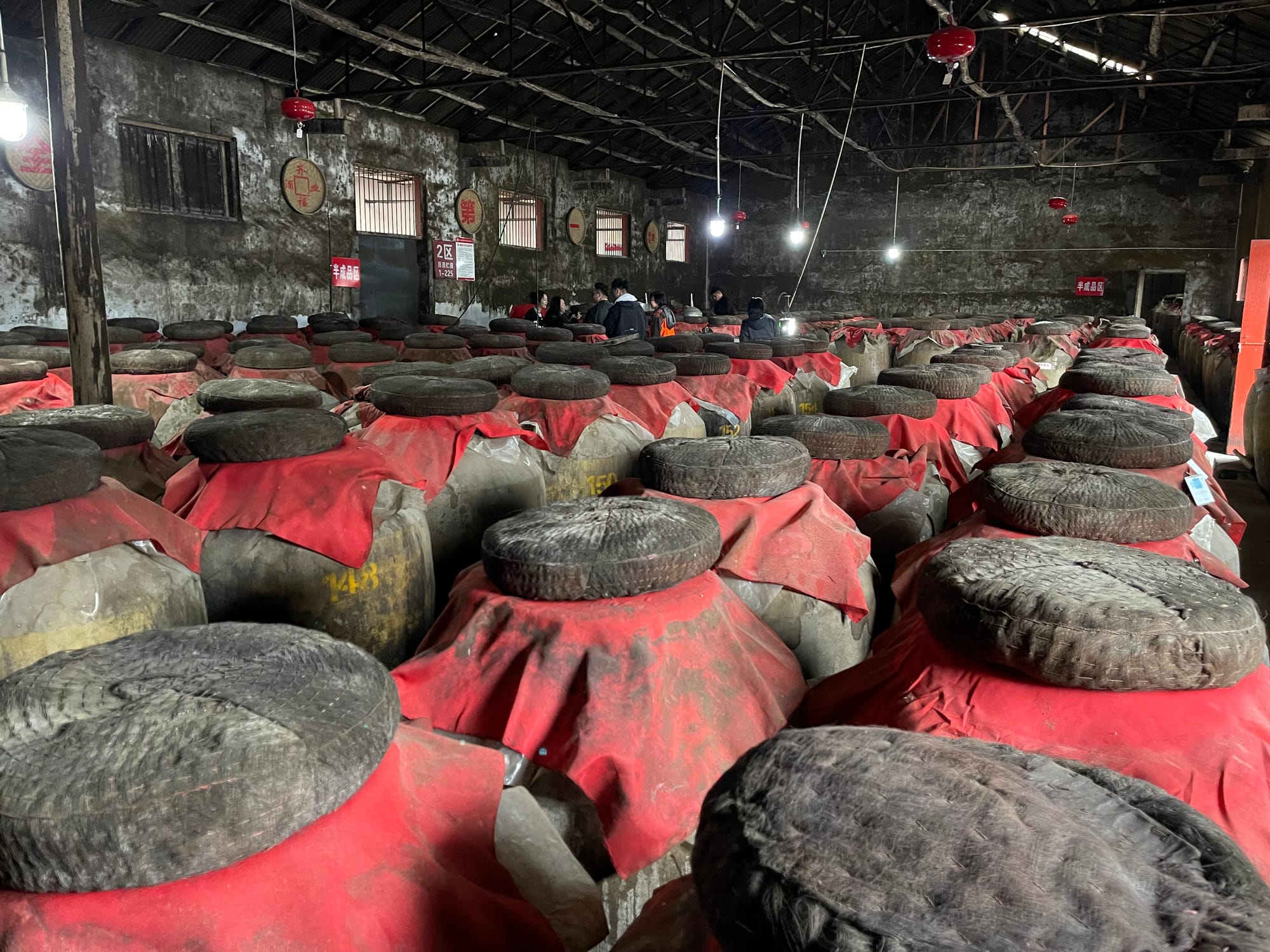
Baijiu is aged in unglazed clay pots. During the aging process, the tiny pores in the unglazed clay allow for the exchange of small molecular substances between the inside and outside. This is similar to how aldehyde compounds escape while oxygen enters, gradually leading to the formation of more ethanol and a diverse array of organic acids, which in turn produce a large quantity of esters. The richness of these esters determines the depth of aroma and the complexity of the taste of the liquor.
Features of Baijiu
- The aroma and flavor of Baijiu come entirely from the fermentation and aging processes, with no additives and no external scents or flavors. These aromas and flavors are primarily derived from organic acids and ethanol produced during the fermentation process, which combine to form organic esters during the aging process. The number of kinds of aromatic substances in Baijiu is 3-4 times of the substances in Whisky.
- In order to dissolve the enormous kinds of aromatic substances, Baijiu needs higher percentage of alcohol, 52% ABV is considered the best, as it has the balance of all aspects.
- Baijiu is always crystal clear.
